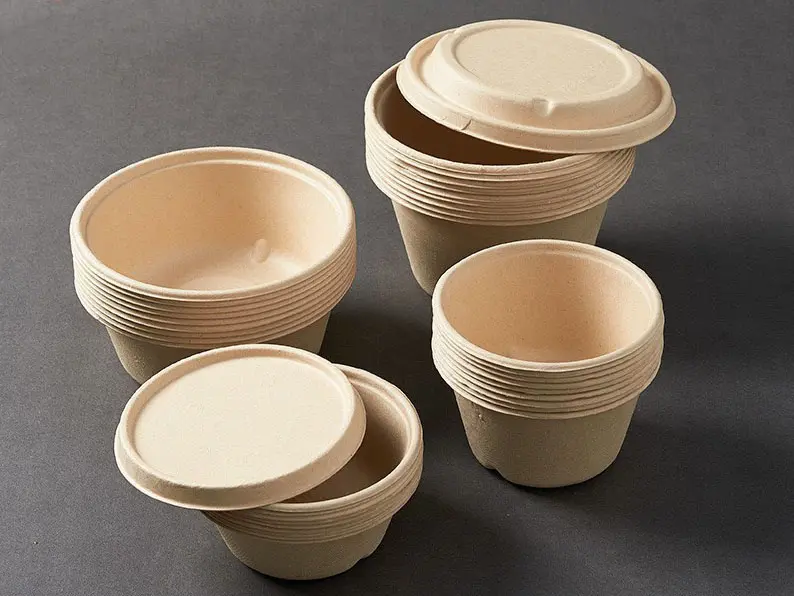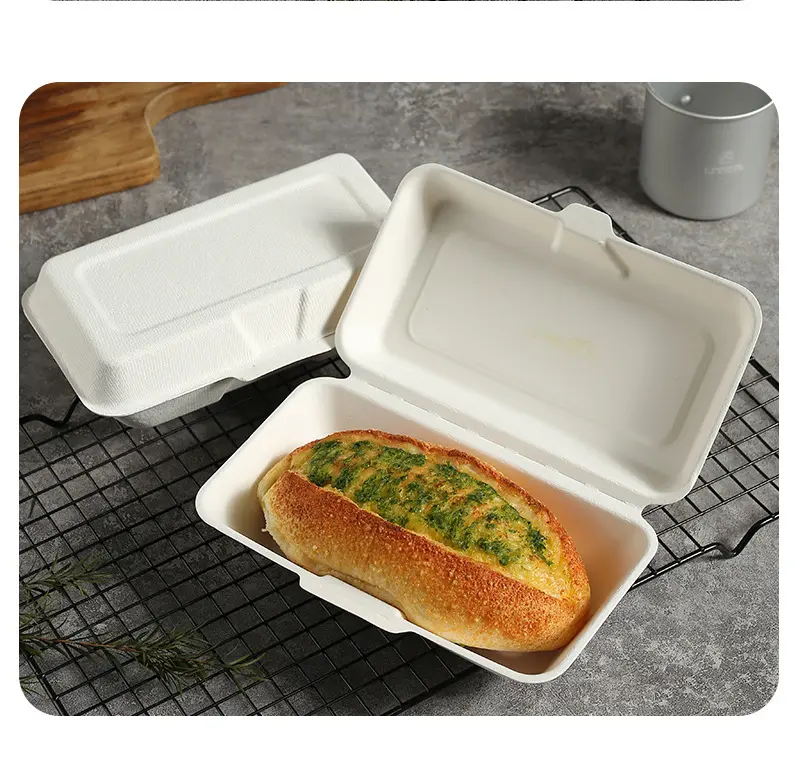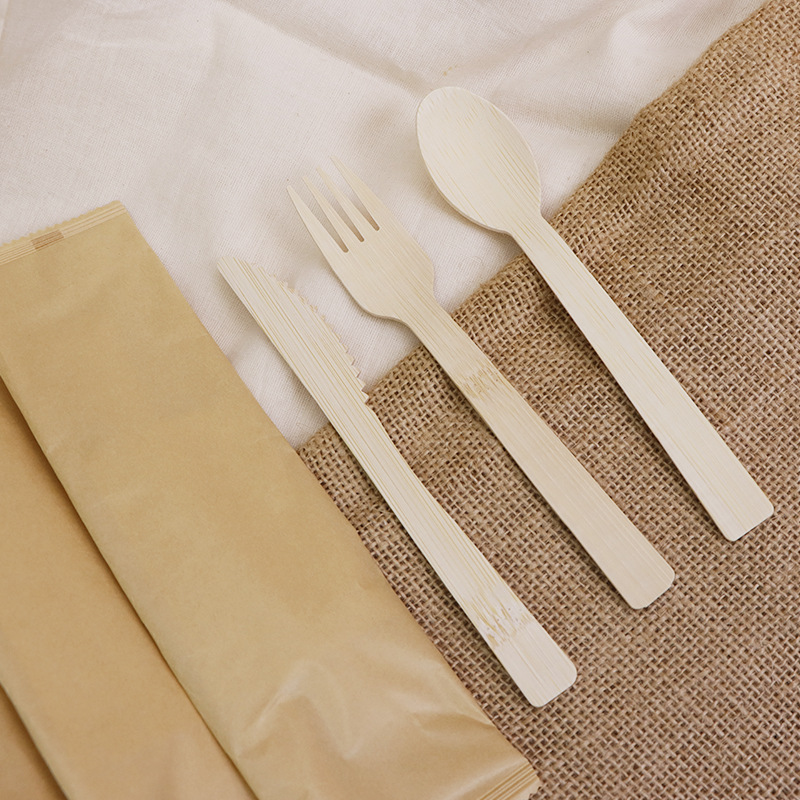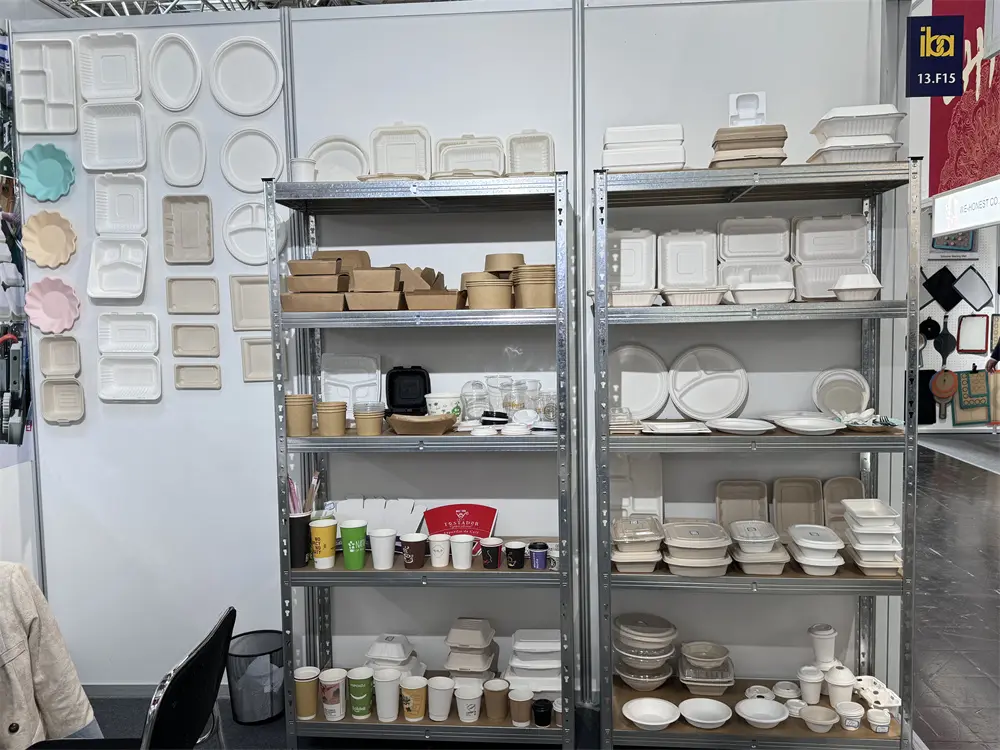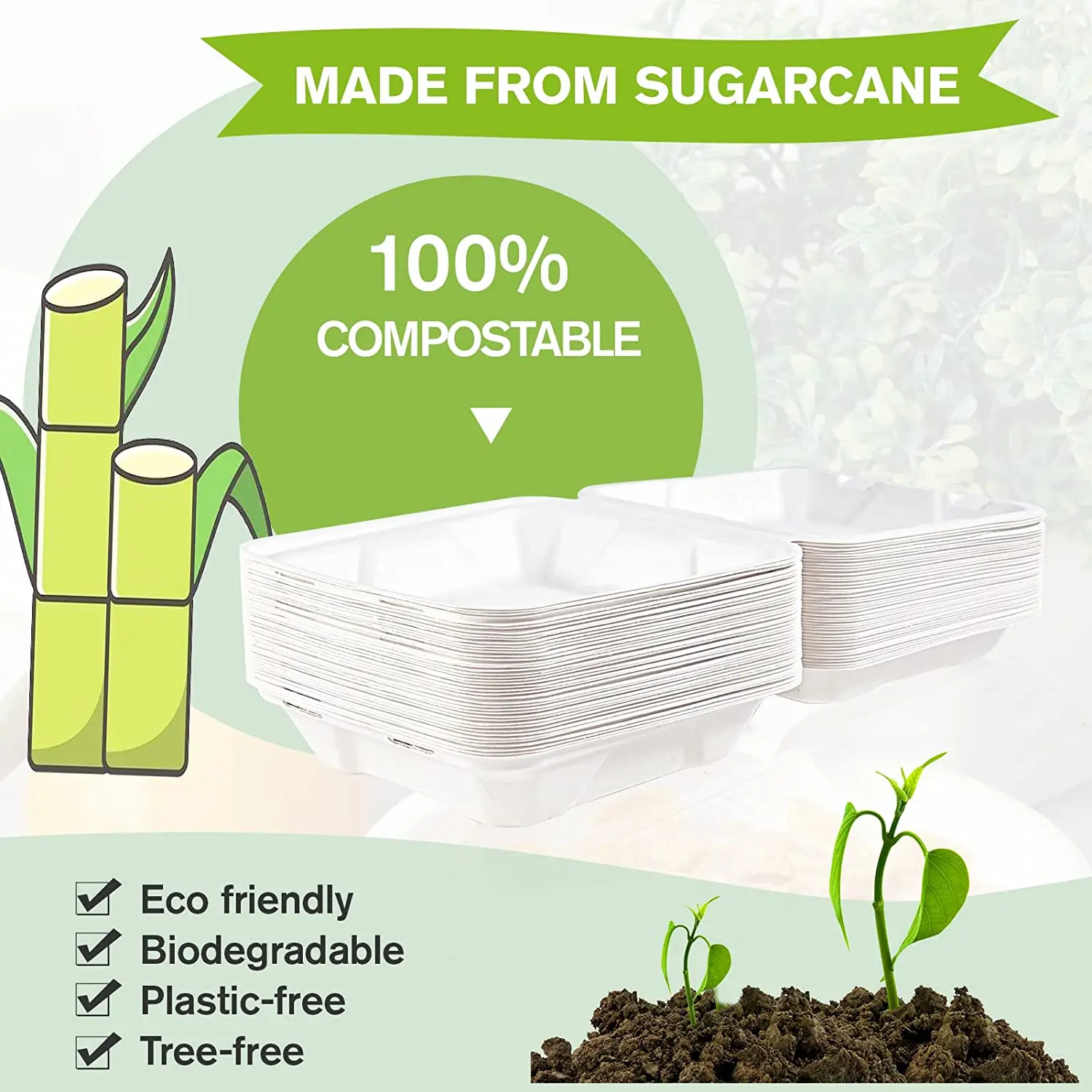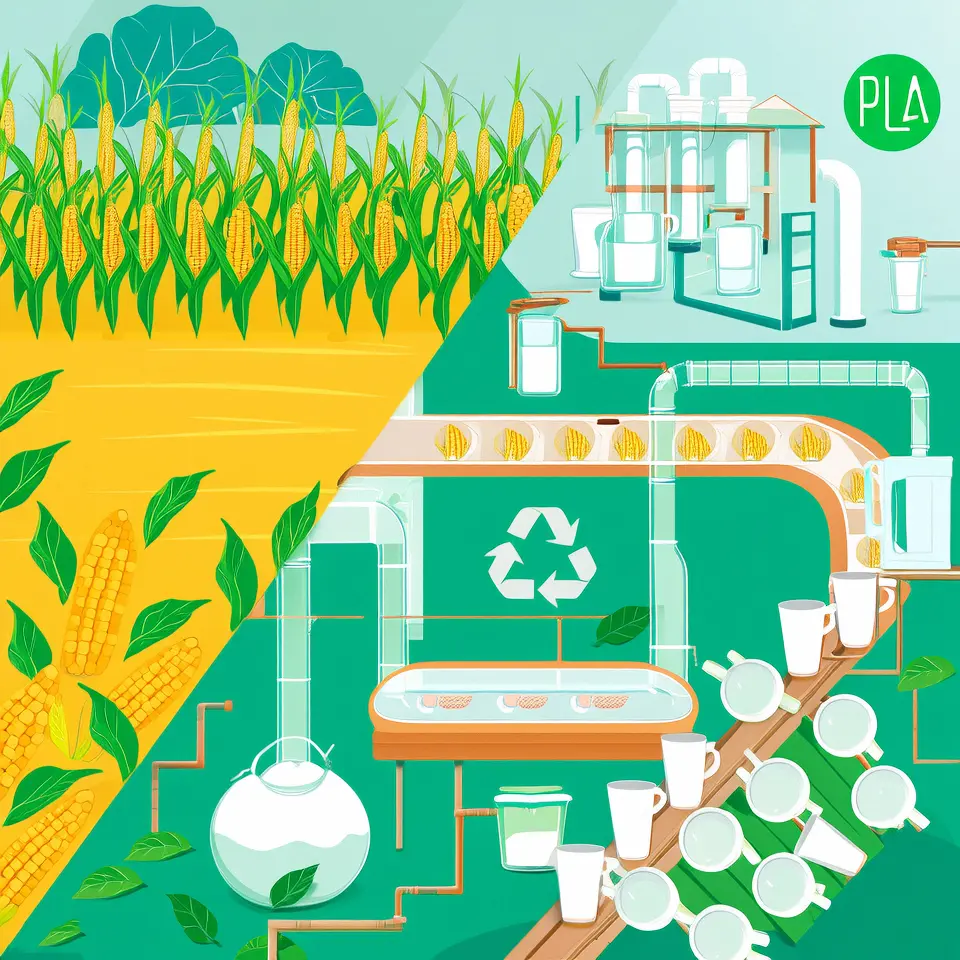Injection Molding vs. Blister Molding: Eco-Friendly Characteristics in the Manufacturing of PP Food Tableware
Injection molding and blister molding are two widely used plastic manufacturing processes, particularly in the production of food tableware and beverage containers. Understanding the differences between these methods and their environmental impacts can help guide sustainable choices in the industry.

1. Introduction to Injection Molding and Blister Molding
Injection molding and blister molding are both common plastic molding technologies, widely applied in the production of beverage cups and food containers. While both processes are used to shape polypropylene (PP) into food-grade packaging, they differ significantly in their methods and environmental impacts. This article analyzes these differences, with a focus on the eco-friendly characteristics of each process in the manufacturing of PP food containers.
2. Injection Molding Process and Its Application in Manufacturing PP Food Tableware
Injection molding involves injecting molten plastic material into a mold cavity, where it cools and solidifies into the desired shape. This method is extensively used in the production of PP food containers.The process begins by heating and melting PP pellets. The molten material is then injected into a precisely designed mold that represents the shape of the final product—such as a food bowl or Lunch Box. After cooling, the solidified product is ejected from the mold and undergoed finishing processes if necessary.This method allows for high precision and consistency, making it ideal for mass production of complex shapes and designs.
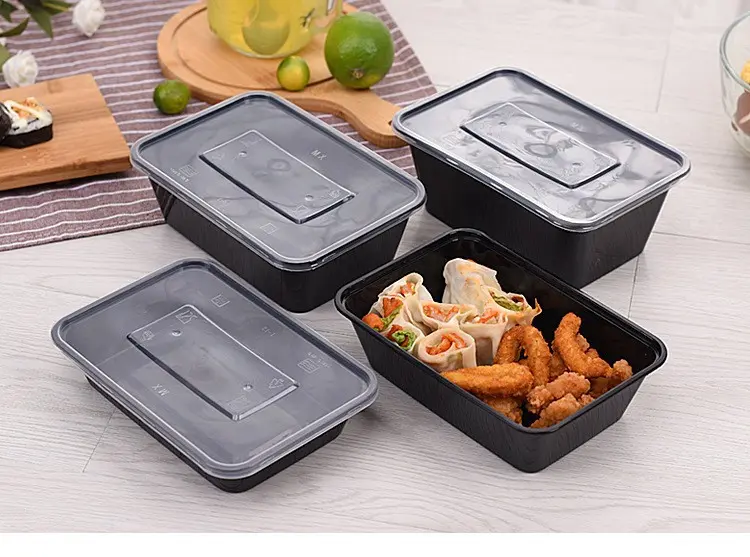
3. Blister Molding Process and Its Application in Manufacturing PP Food Containers
Blister molding, also known as vacuum forming, involves heating a plastic sheet until it becomes pliable. The softened sheet is then placed over a mold and shaped using vacuum pressure to draw the material into the desired form. Once cooled, the formed part is trimmed and finished.In the context of PP food container production, blister molding starts with pre-made PP sheets. These sheets are heated until soft, placed over a mold, and shaped using vacuum suction. The result is a formed container that is then cooled and trimmed.This method is particularly suitable for large, shallow containers and is often used when cost-effectiveness is a priority.
4. Environmental Benefits of Injection Molding
Injection molding offers several environmental advantages:
- Material Efficiency:Through precise design and formulation, material waste can be minimized. Excess material can often be recycled or reused.
- Energy Efficiency:Modern injection molding machines often include energy-saving features such as circulating cooling systems, which reduce overall energy consumption.
- No Adhesives Required:Unlike some other processes, injection molding does not require the use of adhesives or solvents, thereby reducing chemical waste and potential environmental pollution.
These eco-friendly characteristics make injection molding a more sustainable choice for manufacturing PP Food Packaging.

5. Environmental Considerations of Blister Molding
While blister molding also has its advantages, it presents some environmental challenges:
- Use of Adhesives:During the forming process, adhesives are sometimes used to bond different parts of the container or to assist in mold release. These adhesives can introduce pollutants and complicate recycling efforts.
- Material Limitations:Although some manufacturers are beginning to use biodegradable PP materials, traditional PP sheets used in blister molding are not always as easily recyclable as injection-molded products.
Compared to injection molding, blister molding generally has a higher environmental footprint due to the potential use of adhesives and less efficient material utilization.
6. Conclusion
In conclusion, both injection molding and blister molding play significant roles in the manufacturing of food packaging. However, injection molding stands out in terms of environmental performance. It offers better material efficiency, lower energy consumption, and the absence of harmful adhesives. As the demand for Sustainable Packaging continues to grow, injection molding emerges as the preferred method for producing PP food tableware, helping to reduce environmental impact and promote long-term sustainability.
You Can Contact Us:Guangxi U-Yee Environmental Technology Co., Ltd.
E-mail:sales1@gxuyee.com
Phone:+86 13788683202




